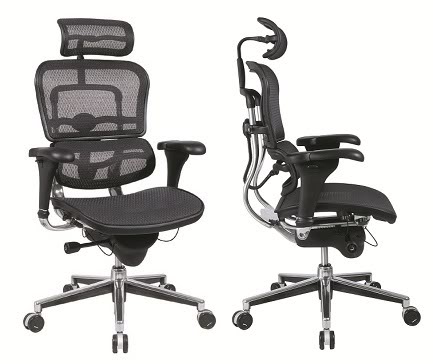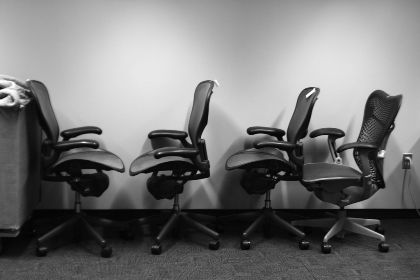Posted by: Mitchell H. Kirsch
Category: Ergonomics
Tags: office space planning, room planning, space planner, space planning
Hot Desking: The Space Planning Concept That (Sometimes) Works.
Office space planning is in a bit of a tumult lately, what with a troubled economy, shrinking work forces, and changing technology turning what was previously a stable work environment into an arena ripe for revolution. The late unlamented recession has actually been good for the average space planner, who has found more leeway to put new ideas to good use.
One of those new ideas that’s getting another look is the concept of “hot desking”. We’ve talked about hot desking before: the practice of having no assigned desks per worker, allocating them instead to the first worker who uses or reserves it for use.
Office space planning professionals use hot desking to reduce property costs without decrease the labor force in turn. In Edinburgh, Scotland, Telford College’s faculty and staff have joined the bandwagon, implementing hot desking in their Granton campus to allow the same number of people to work in a smaller space.
Technology has allowed hot desking to gain the critical mass it failed to reach in prior decades. When Jay Chiat of Chiat/Day ad agency tried it out in the Nineties, it was a famous failed experiment in space planning. Today, high speed Internet, cheap laptops, and Wi-Fi has allowed most firms to succeed where Chiat failed.
More on hot desking after the jump. Read more….







